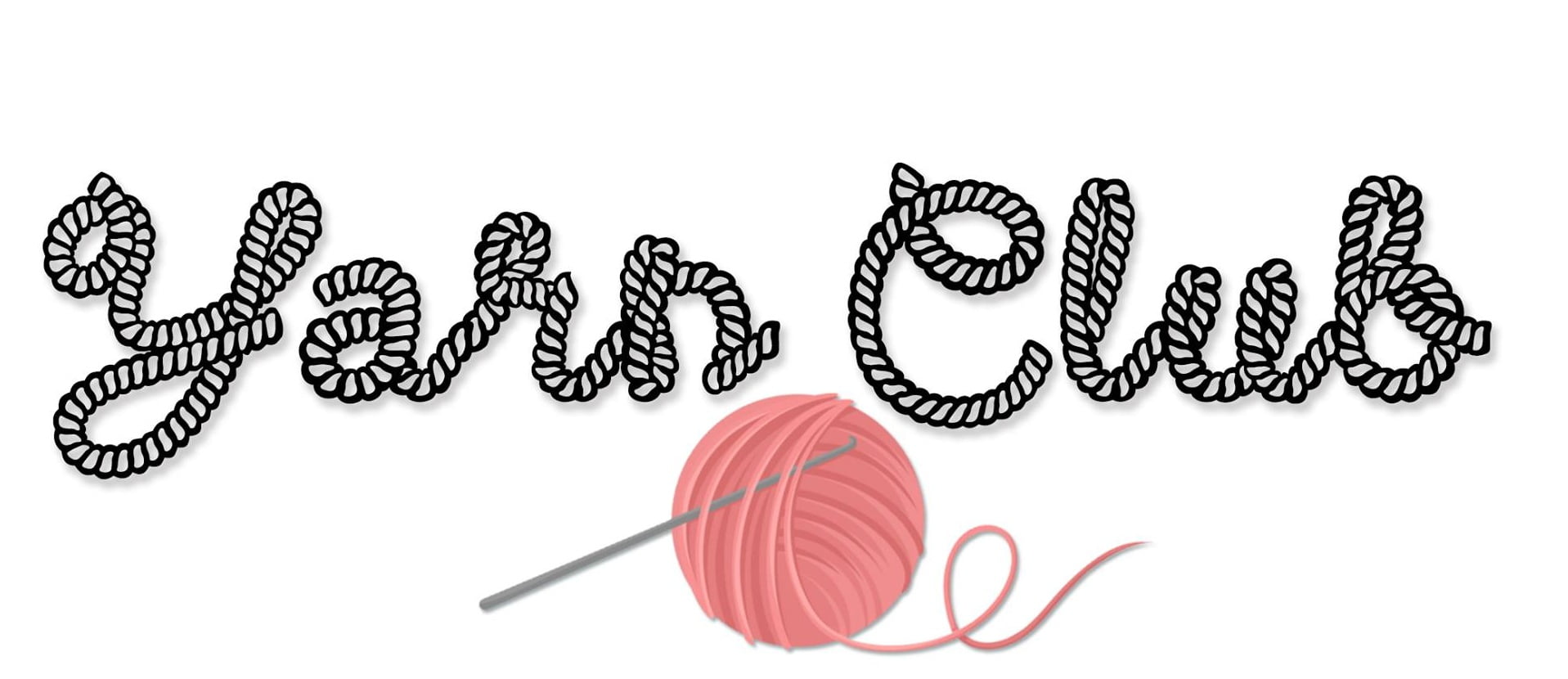It’s important to be able to read patterns when working on any crochet project.
Patterns are written either in rows or rounds. Crocheting in rows produces flat pieces such as scarves or blankets; rows will produce round pieces like bowls or beanies.
Rows require you to turn over your work at the end of each row before starting the next; rounds usually do not, unless otherwise stated. It is usually easy to tell whether your project needs to be worked in rows or rounds, and the pattern should also mention this at the very beginning.
Crochet abbreviations differ depending on where the patterns originate. The US and UK have different abbreviations for the same stitches; Australian abbreviations are based on the UK system.
Parentheses are used to denote instructions that are meant to be repeated a specific number of times. For example:
(5ch, 2dc in next dc) 7 times means the instructions will be repeated seven times only.
An asterisk (*) means the instruction directly before the asterisk, and everything else that follows, are repeated. For example:
Miss 2tr, *1tr in next 1tr, 5ch; repeat from * to last 1tr, 1tr in last tr means you will miss the first two trebles (2tr) before each repetition of the instructions after the asterisk.
Patterns can also be written as diagrams or charts, which have a different system for symbols and directions.
These symbols are internationally consistent. The following is a chart with a comprehensive list of common symbols and abbreviations:
At the end of a pattern, you will need to finish the project by what is referred to as ‘casting off’, or ‘binding off’. This simply means cutting the yarn after the last row and drawing it back through the loop before tightening.
An alternative way of finishing off a project is by weaving in the yarn, which requires using a yarn needle to weave the loose yarn end through the last few stitches. This is done on the ‘wrong side’ of the work (the inside, or the back), so it is not obviously visible when complete.





